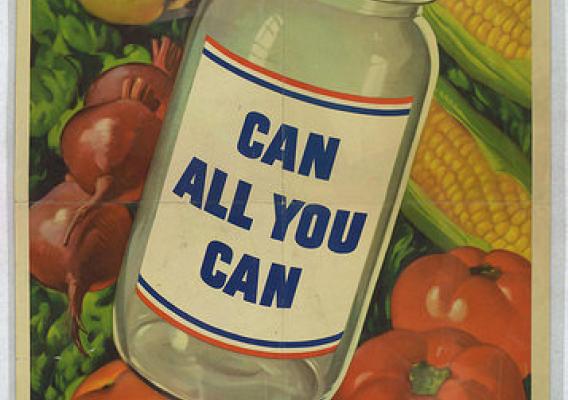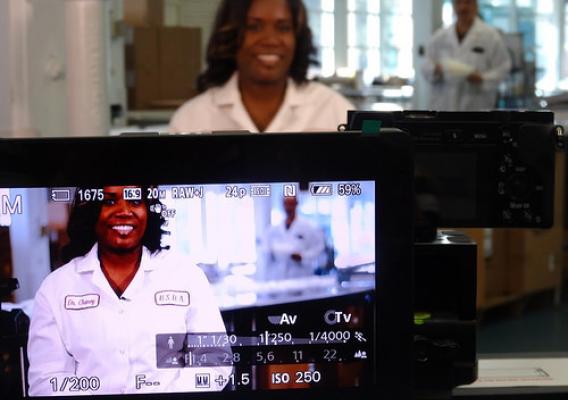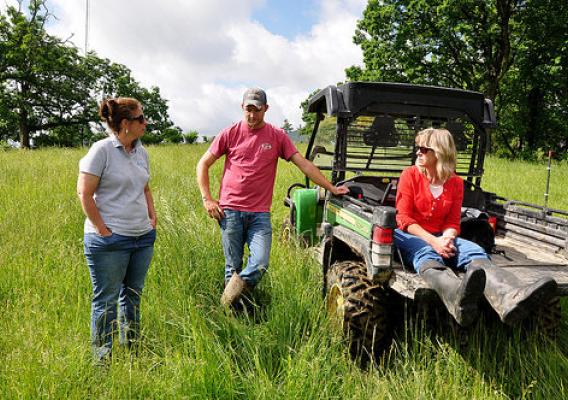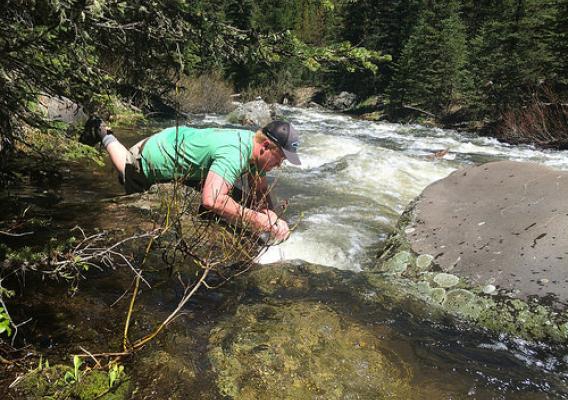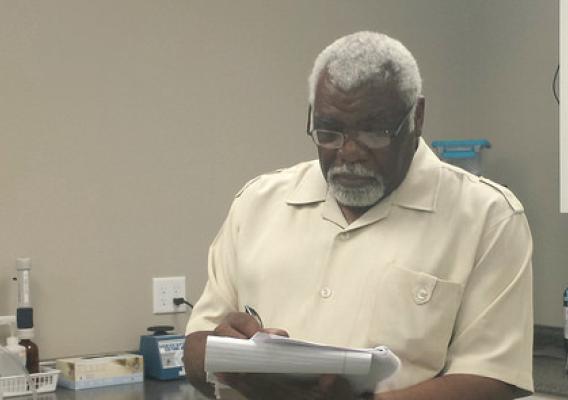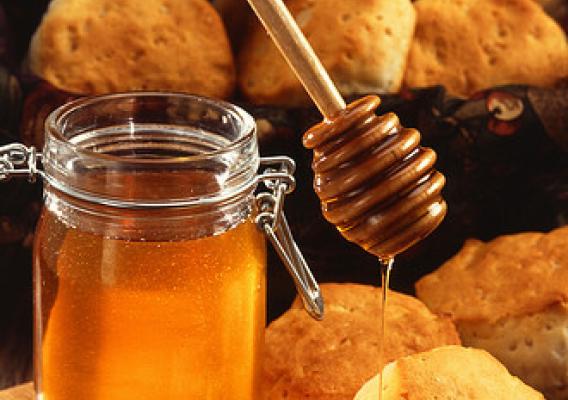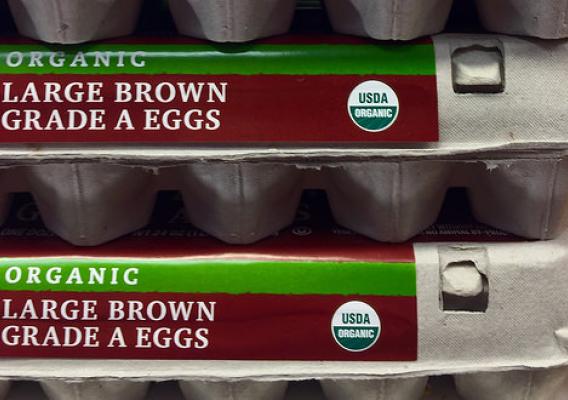As I watched Matthew McLane’s children play in the front yard of their home, I could tell how much this family loved being homeowners. Matthew and Candice McLane became first time homebuyers through the Agency’s Mutual Self-Help Program in 2012. The couple, and their two daughters, had been living in an apartment prior to building their home through the Self-Help Housing Program. Now the couple has three children, and one more on the way this fall – and the house is filled with love and joy as the family prepares for the arrival of its newest member.
Listening to Matthew describe the self-help process, you can tell how much pride he has in his home. He describes putting his sweat, blood and tears into the home, but loving every minute of it. From learning how to hang drywall, to laying flooring or installing shingles, it was all new experiences and skills that Matthew learned. When repairs are needed to the home now, Matthew is able to do the home maintenance and repairs himself.

